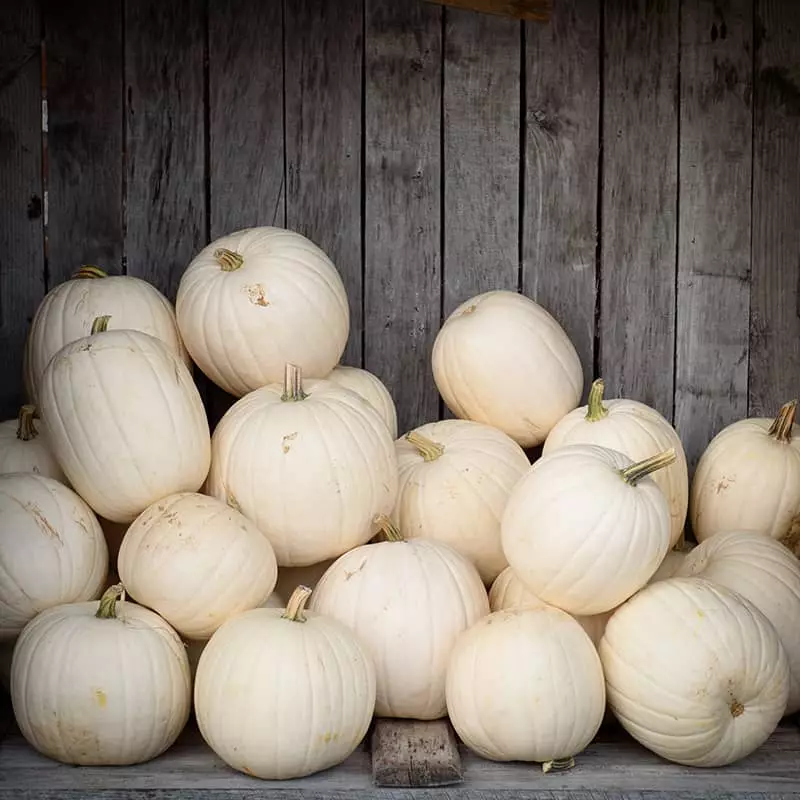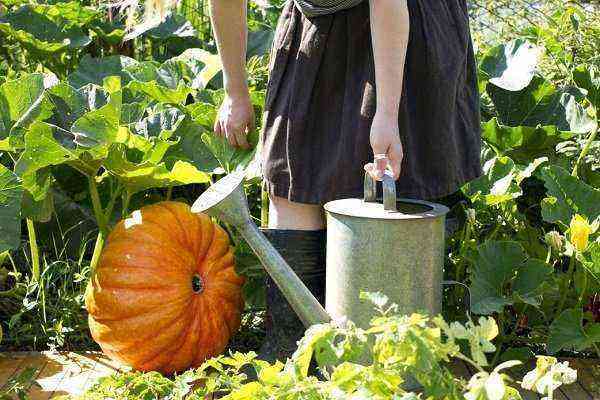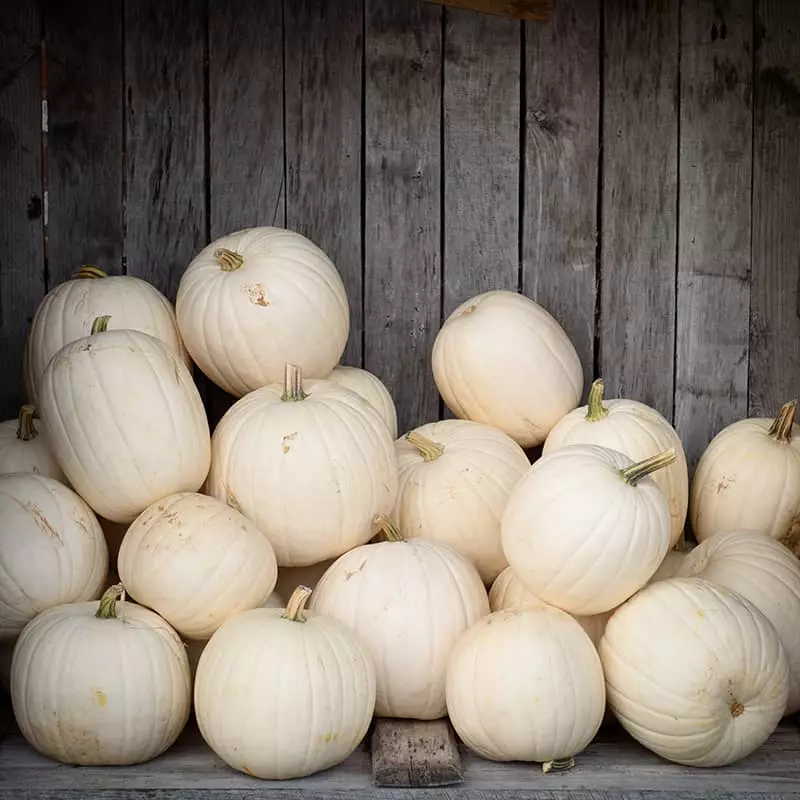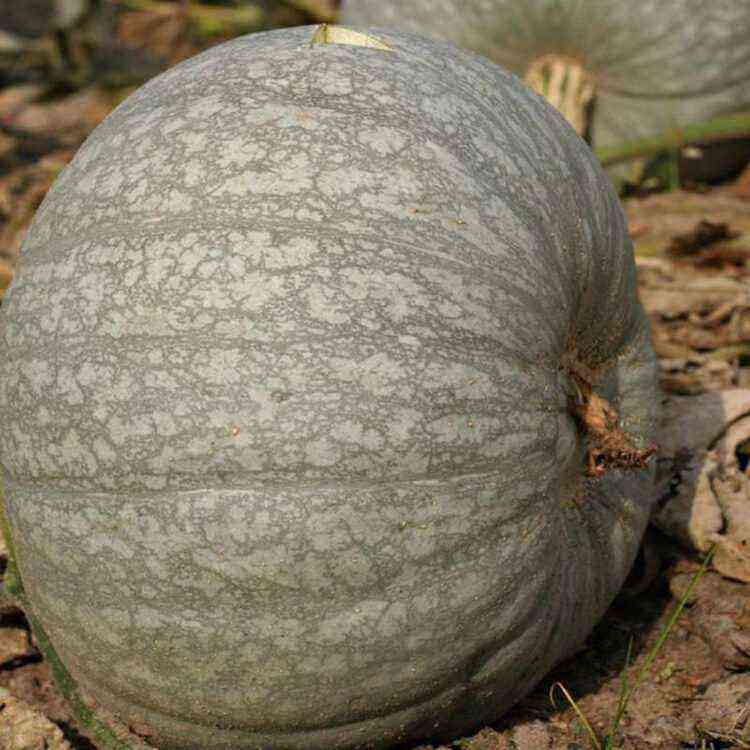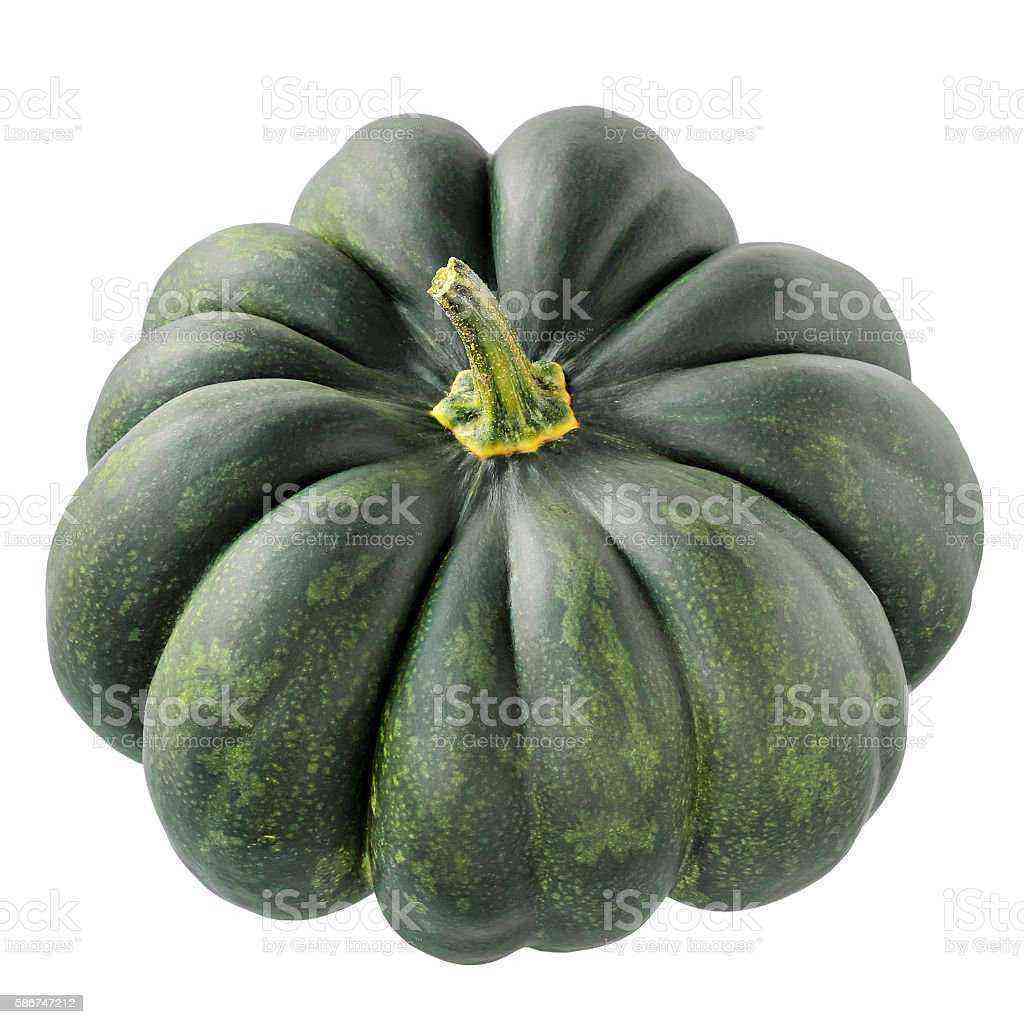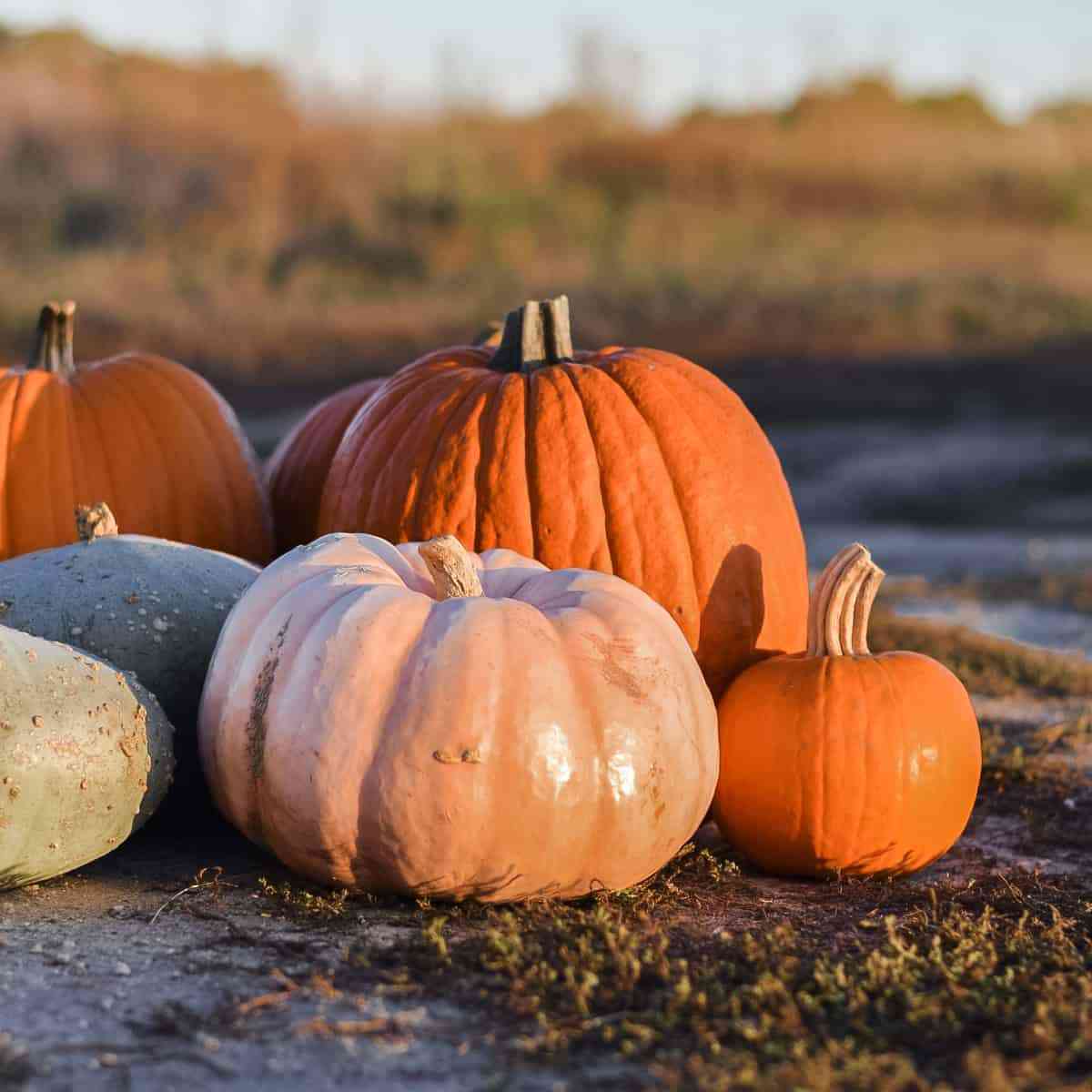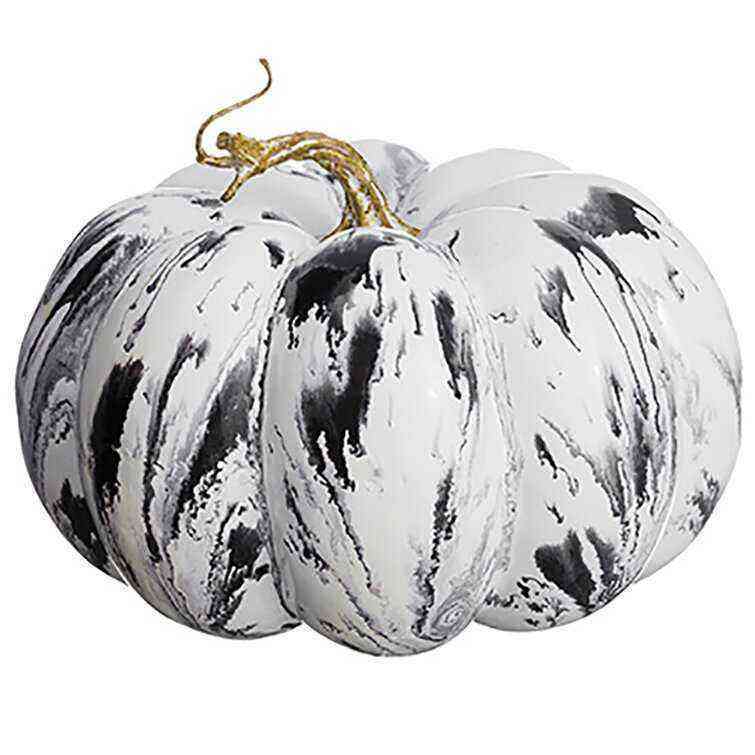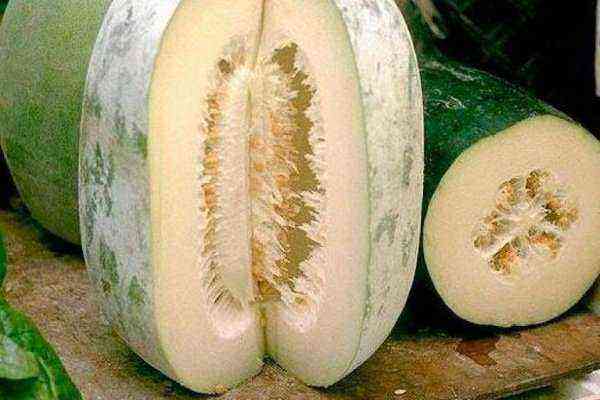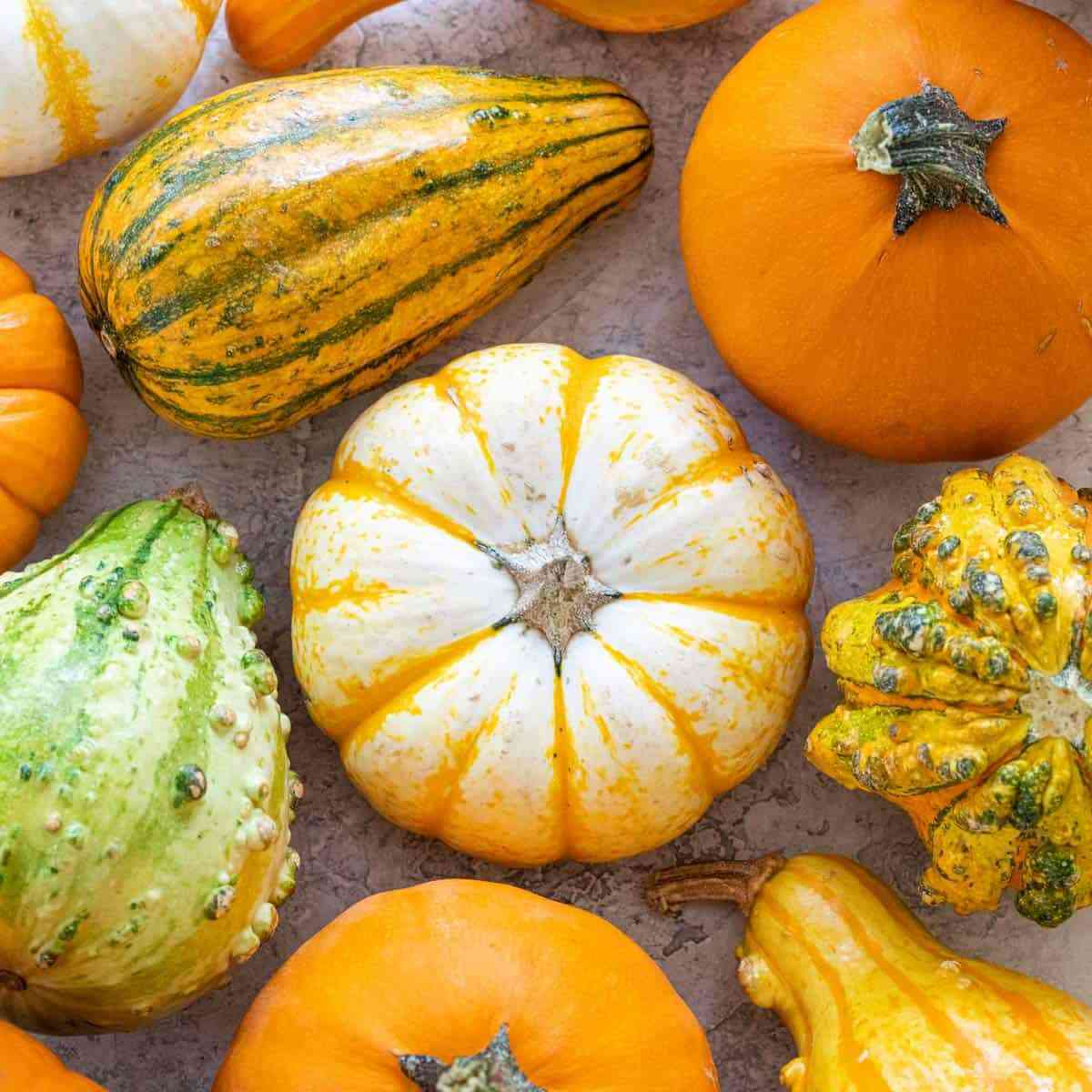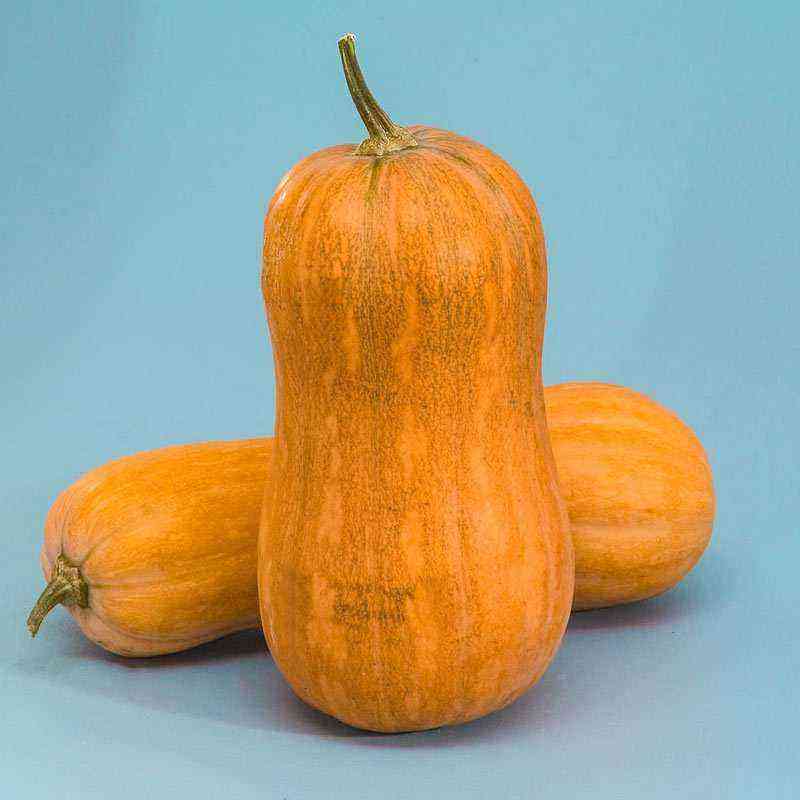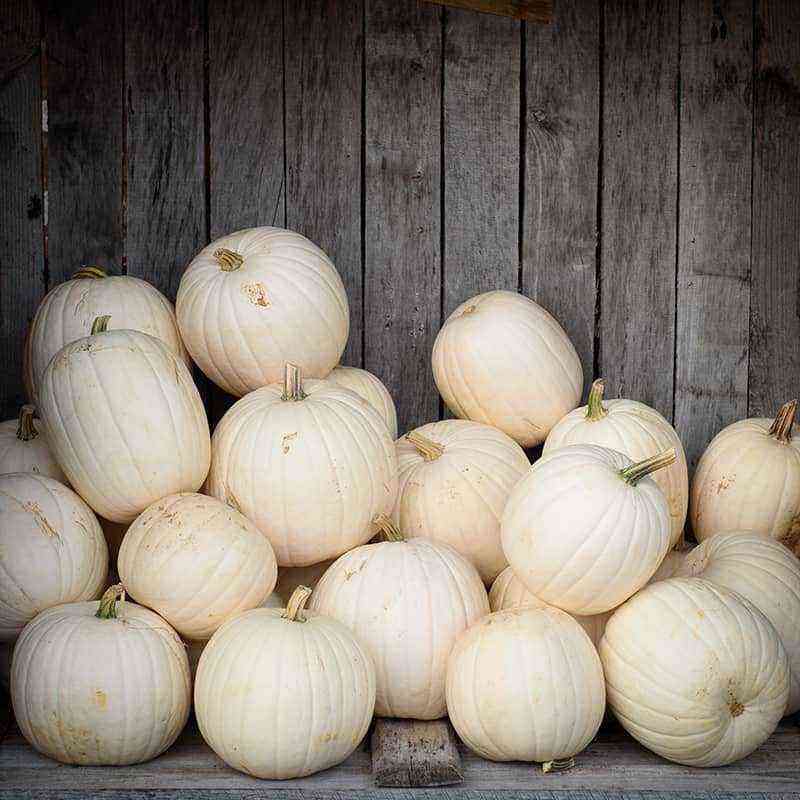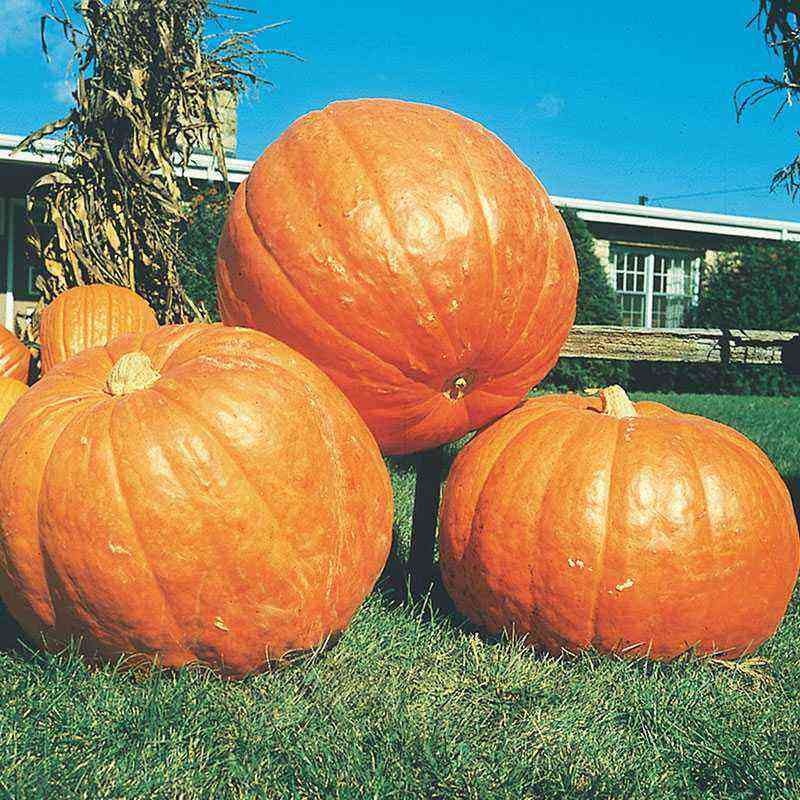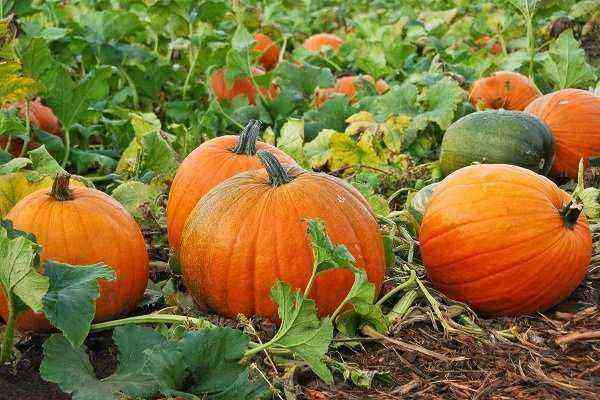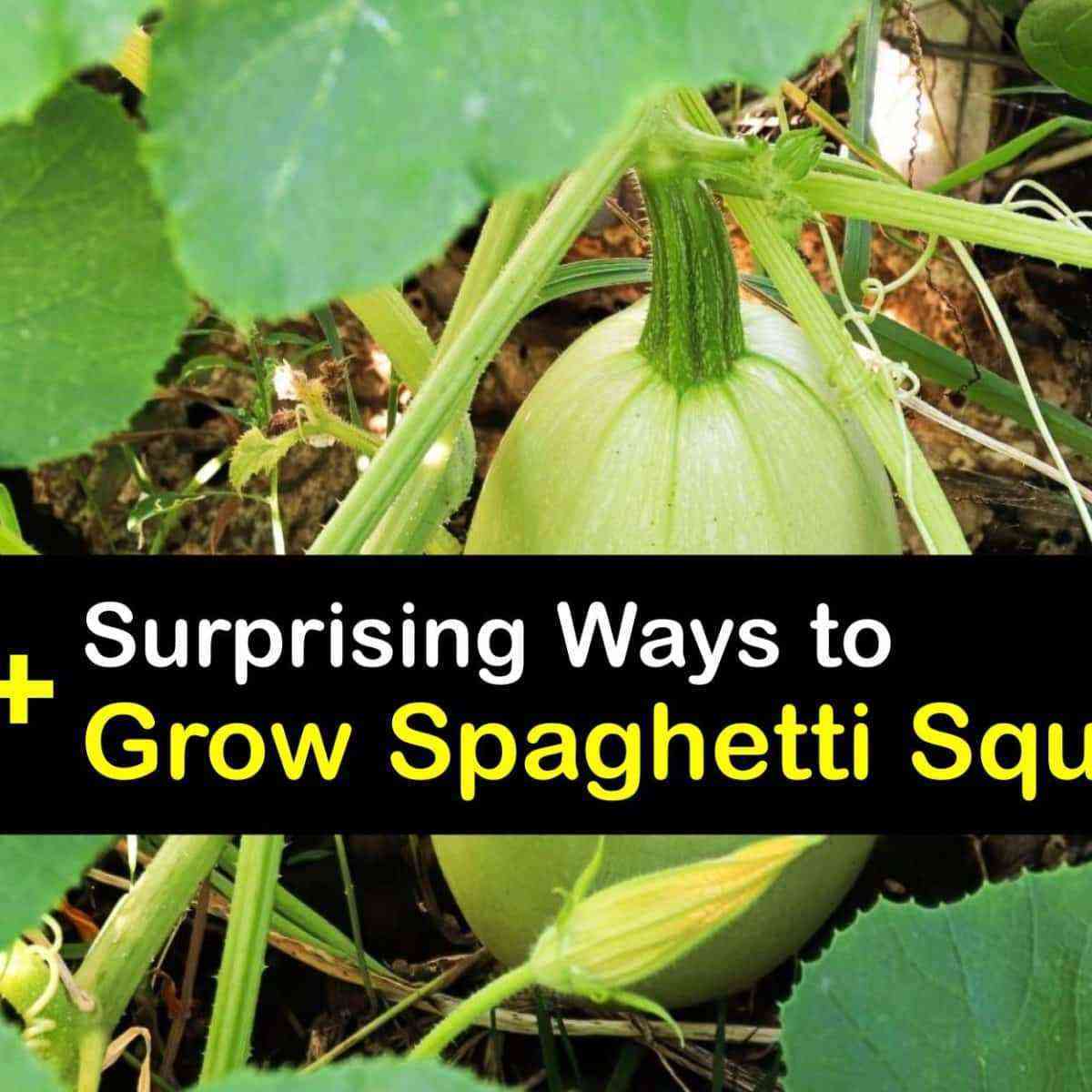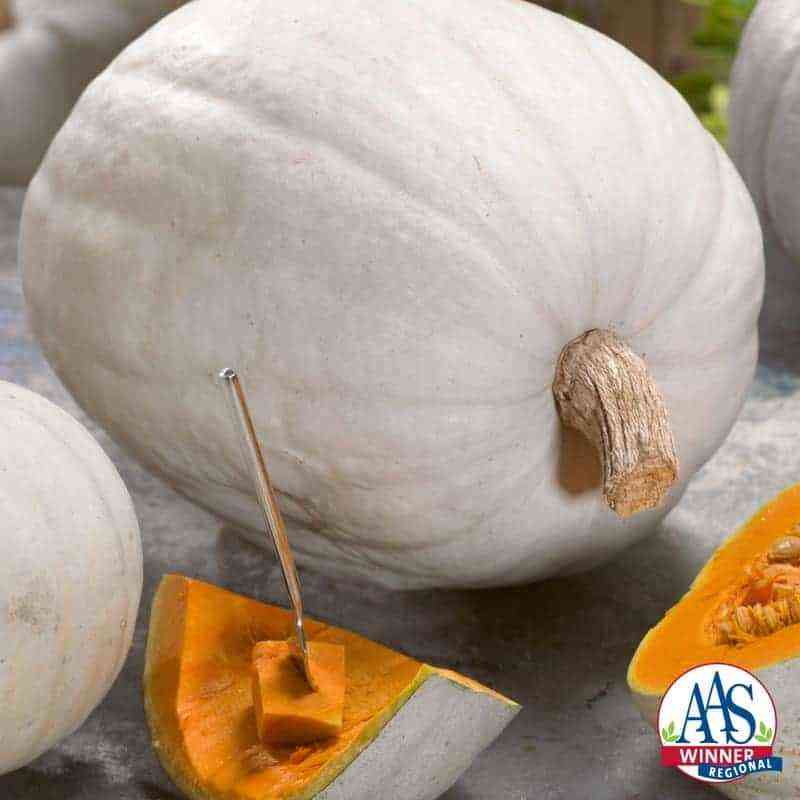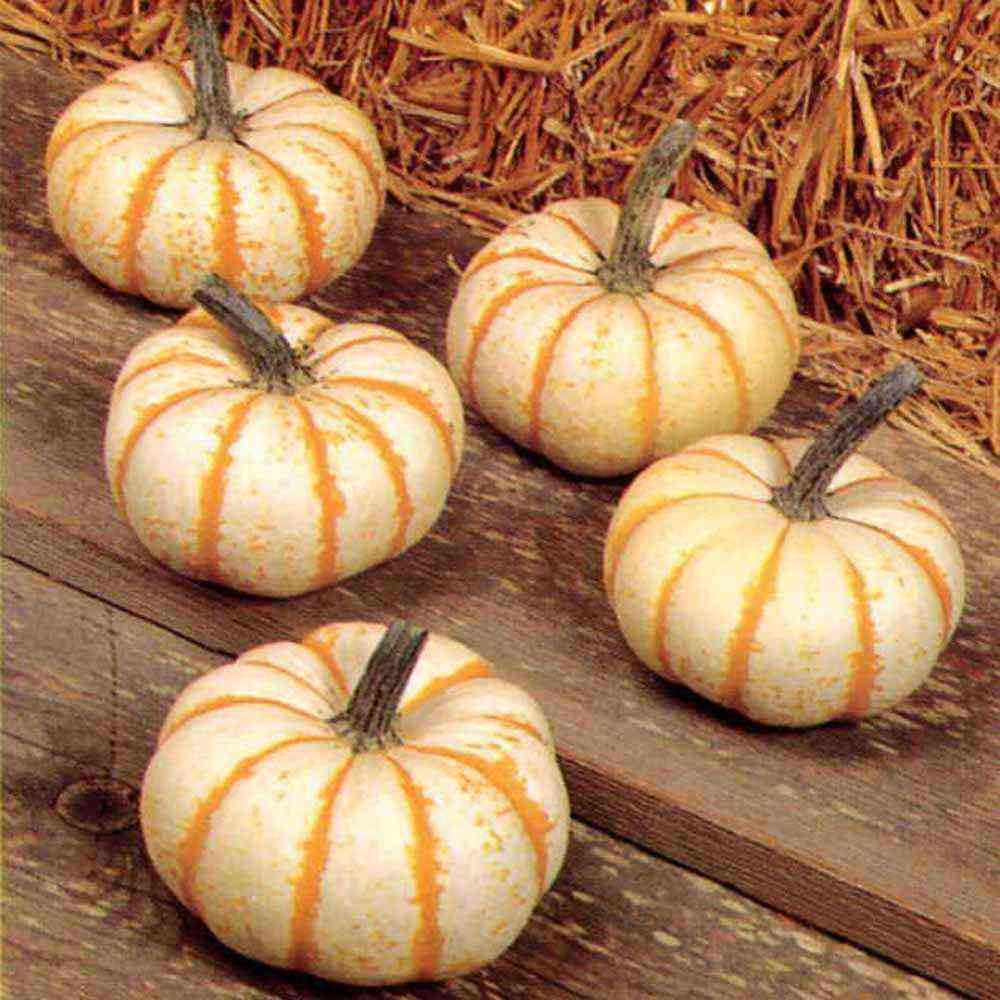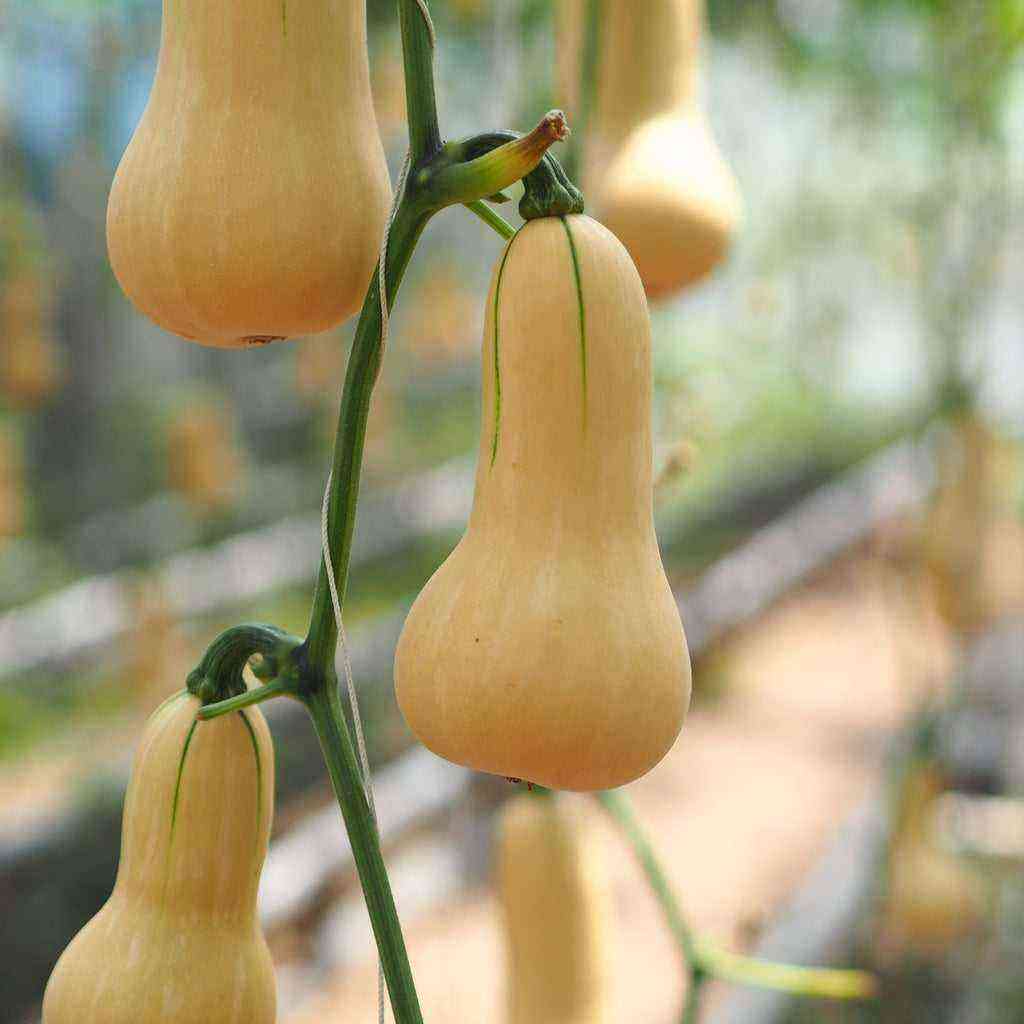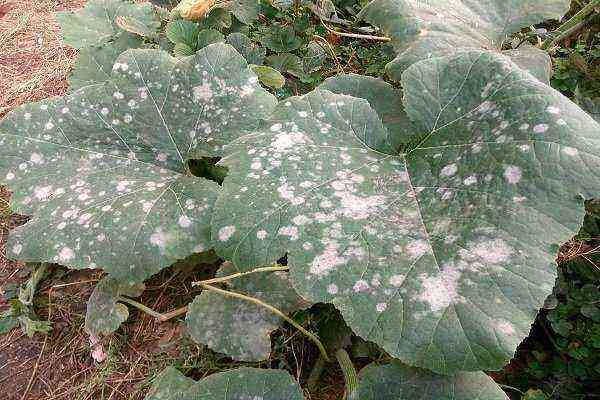Summer residents choose Vitaminnaya pumpkin for its high yield, good resistance to many diseases and excellent taste. What you need to know about one of the most delicious and sweet varieties of pumpkin in order to grow it correctly and get a good harvest, we will find out further.
Pumpkin Vitamin is resistant to many diseases
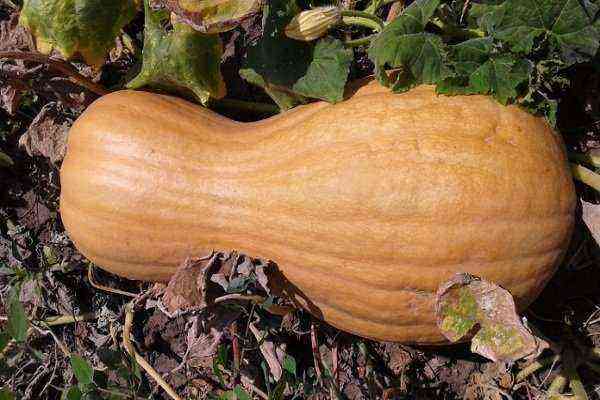
Pumpkin Vitamin

Pumpkin Vitaminnaya is well stored and transported
Description and characteristics of the variety
The variety was bred at the Krasnodar Research Institute of Vegetable and Potato Farming. In 1992, it was approved for use in the North Caucasus region. This pumpkin is called Vitamin not by chance, but due to the increased content of useful elements in fruits. Its characteristics are presented in the table:
Parameter Description Varietal affiliation Vitamin pumpkin belongs to the group of muscat gourds, therefore, it differs from fruits of other species both in a noticeable nutmeg aroma and in an elongated shape in the form of a cylinder or pear. Ripening period The variety is late-ripening – from the moment of planting in the ground until the full ripening of the fruits, about 124-130 days pass (at least 5 months). For this reason, the variety is rarely grown in regions with cold climates. Characteristics of the plant A plant of medium power has whips up to 6 m long. Fruits are formed on them, as a rule, 2-3 pieces. The grayish-green leaves are distinguished by a pentagonal shape resembling a heart. In the region of the veins, they are covered with small white hairs. Each leaf is held on a long petiole (up to 25 cm). The yellow flowers are large and held on long stalks. Due to their bright color and aroma, they attract bees and other insects that take part in the pollination process. External characteristics of the fruit Pumpkin Vitamin on average weighs 4,5-6,8 kg. It has an elongated oval or cylindrical wide shape. At the peduncle, which can reach half the fruit, ribbing is visible. The skin is thin, but dense, so the fruit is easy to transport and does not require special storage conditions. It has a dark pink color with a slight orange or brown tint and a segmented surface. It shows a dark green and green large mesh, as well as small rounded and elongated spots that have a lighter shade. Characteristics and taste of the pulp The pulp has a rich bright orange color (close to red) and a thickness of 5 to 10 cm. It is juicy and fibrous, dense and crisp, and most importantly – has a bright aroma and sweet taste. The seed nest is small and completely filled with loose placentas. Seeds in a small amount have a dirty yellow or brown tint. The benefits of fruits and their use The pulp of this pumpkin is characterized by a high content of nutrients. In particular, it contains 11,5-16,0 mg of carotene. Thanks to this, the vegetable has a number of positive effects on the human body – it improves eyesight, strengthens the digestive organs, accelerates the healing of wounds, relieves swelling. Pumpkin with such characteristics can be safely included in both baby and diet food. Methods of use – fresh or processed (mashed potatoes, juice, pastries and other dishes are prepared from the pulp). Productivity Yield indicators are high – from 1 square. m plot, you can collect about 3,7-4,4 kg of fruit. Disease resistance The plant is relatively resistant to typical melon diseases – powdery mildew and late blight. In order to prevent it, it is worth feeding it with balanced mineral complexes during the period of growth, flowering and fruiting.
Briefly about the characteristics of the pumpkin Vitamin is described in the following video:
Landing methods and dates
Pumpkin Vitamin refers to extremely heat-loving plants, for which temperature changes are fraught with leaf fall, blackening of the trunk and death. In this regard, it is best to grow pumpkin seedlings. Direct sowing in open ground is permissible only for residents of the southern regions, where the crop can be harvested in the middle of autumn and not be afraid of frost.
When grown from seeds, the ripening period is delayed, so the warm season will not be enough for the active development of the crop.
In any case, at the time of planting, the soil temperature should be at least + 13 ° C, otherwise the tender roots will die off in a cool environment. This will be evidenced by shriveled leaves covered with dark spots.
The timing of planting depends on the method of cultivation:
- Through seedlings. It is necessary to sow the seeds in April, in order to transplant the seedlings into open ground in May-June. At the same time, the temperature on the thermometer should already be stable at least 20 ° C.
- Direct sowing of seeds in the ground. Sowing work can be carried out at the end of May – at the beginning of June, when the risks of uninvited frosts will be minimized. To determine the optimal time for sowing seeds, you can also navigate by folk signs. They say that a pumpkin can be planted with the beginning of the flowering of viburnum and peonies.
Pumpkin Vitamin with any method of cultivation prefers sandy, sandy loamy and light loamy soils.
Planting through seedlings
With seedling cultivation of pumpkin, the probability of obtaining a rich harvest is greater than with direct sowing of seeds in the ground, however, this method is also more laborious, so it is advisable to conditionally divide it into several stages.
Seed preparation
Such processing of self-harvested or purchased seeds is consistently carried out:
- Warming up. The seed should be laid out in a thin layer on a pallet and kept for 1-2 months in a warm place, for example, near the stove. Such manipulation will allow the plant to produce more female flowers, which will positively affect crop yields.
- Test for germination. After heating, the seeds must be soaked in saline. Those specimens that emerge must be caught and eliminated, since they are empty and will not produce any shoots. The seeds left at the bottom can be used for further processing.
- Hardening. In order for future seedlings to be able to withstand temperature fluctuations, they need to be hardened. For this purpose, selected specimens will need to be wrapped in a damp cloth and kept for 3 days in the refrigerator.
- disinfection. It is carried out in order to protect the future plant from pest invasions. To do this, the seeds should be soaked for 10-12 hours in warm water with the addition of a small amount of potassium permanganate or aloe juice.
Seeding for seedlings
In early May, you can already plant seeds for seedlings. To do this, you will need to prepare separate peat pots, since the culture does not tolerate picking. In order for the root system of the plant to fully develop, the containers for planting must be roomy and have a diameter of at least 10 cm.
Planting seeds is done in this order:
- Fill the pots with nutrient soil.
- Make indentations in the pots of 2 cm and lay 1-2 seeds in them.
- Lightly sprinkle the holes with earth, and then pour it from a spray bottle to slightly moisten.
- Cover the plantings with plastic wrap to make a mini-greenhouse.
- Move the containers to a sunny place and regularly open the film for ventilation. With the advent of the first shoots, it can be completely removed. In addition, it is necessary to constantly maintain soil moisture, while avoiding its excessive moisture.
With the right agricultural practices, the pumpkin will sprout quickly, and it can be transplanted into open ground in early June. By this time, the plant should already have 3 leaves.
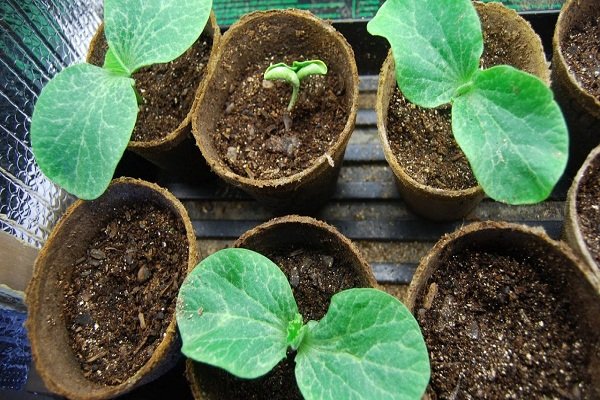
Transplantation in open ground
The plant does not tolerate acidic soil, so you need to normalize its acidity after adding organics with wood ash. It is enough to scatter it over the beds or prepare a solution for irrigating the land (2 tablespoons per 1 liter of water). Since autumn, the site should also be fertilized. An alternative option is to plant green manure.
In a well-prepared garden bed, it is worth transplanting seedlings, adhering to the following instructions:
- Dig up the bed, clearing debris and plant debris.
- Break earthen stones.
- Dig small holes 10 cm deep at a distance of 60-100 cm from each other. You should not allow heavily thickened plantings, because because of this, the wide leaves of the plant will not be able to spread out in full force.
- Fill the dug holes with hot water (not lower than 50 ° C) at the rate of 2 liters per hole, if the weather is dry.
- Plant one stem in each hole and sprinkle with earth, completely covering the root collar.
- Mulch planting with manure or peat. If there is a threat of night frosts, the landing should be temporarily covered with a transparent film.
Direct sowing into the ground
In the southern regions, this heat-loving crop can be grown by direct sowing of seeds in open ground. This method requires compliance with the following rules:
- To get a good harvest, it is necessary to prepare the site in advance, taking care of all fertilizers. For 1 sq. m will need to introduce 6-8 kg of humus. There is an easier way – before planting, lay out a handful of humus in each well.
- Arrange the holes in rows according to the 60×60 cm pattern.
- The optimal depth of the holes is about 10 cm. 2-3 seeds should be placed in each of them, and then sprinkled with earth.
- Mulch holes with peat on top.
pumpkin care
It consists in carrying out a complex of agrotechnical measures, each of which requires separate consideration.
Watering, loosening and weeding
There is no special scheme for watering the soil, but it must be regular in order to prevent the formation of a dry crust on the surface of the site. At the same time, it is worth focusing on weather conditions: in a drought, it is worth irrigating the plant 2 times a day at the rate of 5 liters of water per bush, and in rainy weather, watering as needed. Pumpkin also needs especially abundant watering (twice a day) during flowering and fruit set.
It is necessary to pour warm water strictly under the root so that the droplets do not fall on the leaves and lashes. The fact is that after themselves they can leave dry spots and cause a plant burn.
At the end of summer, it is necessary to reduce the frequency of watering and completely interrupt it 2 weeks before harvest. Otherwise, the skin of the fruit will be too thin, and their flesh will be watery. Such a pumpkin cannot be preserved until winter, as it quickly deteriorates.
After watering, it is also worth loosening the ground around the plant and weeding to provide air to the roots of the plant.
Additionally, the ground under the bush should be mulched with humus or straw. Such manipulation will retain moisture longer and prevent the growth of weeds.
Feeding
For nutmeg varieties of pumpkin, the following feeding scheme is used:
- First feeding (before flowering). With the seedling method, it is carried out 7 days after planting seedlings in open ground, and with direct sowing – after 3 weeks. For top dressing, it is worth using a solution of mullein or litter, where most of the liquid is diverted (1:10). You can also add mineral fertilizers to it – 30-40 g of superphosphate, 15-25 g of potassium sulfate per 10 liters of water.
- Second top dressing (during flowering). The plant should be fed with a solution of 50 g of potassium sulfate and 15-20 g of nitrophoska per 10 liters of water. Until the ovaries appear, it can also be fertilized with wood ash or garden mixture at the rate of 50 g of dry matter per 10 liters of water. In the case of a cold summer, the plant can additionally be sprayed with a solution of urea at the rate of 10 g per 10 liters of water.
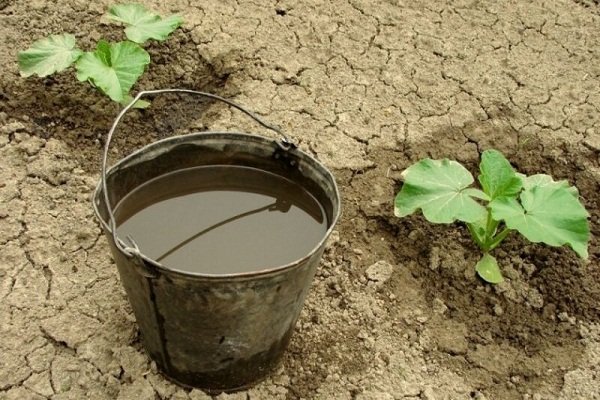
If the application of organic fertilizers (infusion of mullein or chicken manure diluted in water) increases the acidity of the soil, it will need to be lowered with wood ash. You can simply scatter it on the surface of the garden bed or apply it with watering, having previously prepared a solution at the rate of 2 cups of ash per bucket of water.
Thinning
Such manipulation is relevant only for direct sowing of seeds in open ground. It is carried out with the appearance of the first shoots. If 3-4 bushes grow in one hole, it is necessary to leave one or two of the strongest of them.
Thinning seedlings is carried out only after the formation of several leaves. Weak instances should not be pulled out, as this can cause irreparable harm to all inputs. So, they need to be carefully cut with garden shears at ground level.
Shrub formation
To get a good harvest, be sure to pay due attention to the care of lashes. This involves the following activities:
- In the process of development, the gourd produces many weaving stems, which, with the help of tendrils, are fixed in the soil and equip the plant with nutrients along the entire length. As soon as it grows, in places where the antennae appear, such processes should be sprinkled with earth and watered. You cannot move or crop them.
- After the main stem reaches 1,5 m in length, it must be pinched.
- Forming bushes, on each of them you need to leave 2 lashes. The rest need to be carefully cut off.
- Leave 2-3 ovaries on one plant, since more fruits still do not have time to ripen. To do this, the stems must be pinched 50 cm above the fruit.
- In several places, pin the lashes to the ground and sprinkle with a layer of soil to speed up root formation and promote fruit growth.
For better development in the fall, a plank or brick should be placed under each vegetable. You can use a more complex option – hang the fruits in the net to the support.
Pest Control
Pumpkin is not the most attractive delicacy for pests. If they appear, then mainly at the end of the growing season, when this culture ends its life cycle. Among them you can find:
- pumpkin glass case;
- South American leaf-eaters;
- Kraevikov or Rombovikov.
The first pest is of great danger, since it eats the stems from the inside. After he attacks the plantings, the plant has little chance of survival. These pests must be controlled mechanically. This means that plantings must be regularly inspected and manually removed all detected pests.
Harvest and storage
You need to harvest from September to October inclusive, before the onset of the first frost. The following signs will testify to the biological maturity of the fruit:
- the appearance of a clear pattern on the hardened crust;
- desiccation of the stem.
It is better to remove ripe fruits from the garden in dry weather. They need to be carefully cut with a small stem (5-6 cm), which contributes to their longer storage.
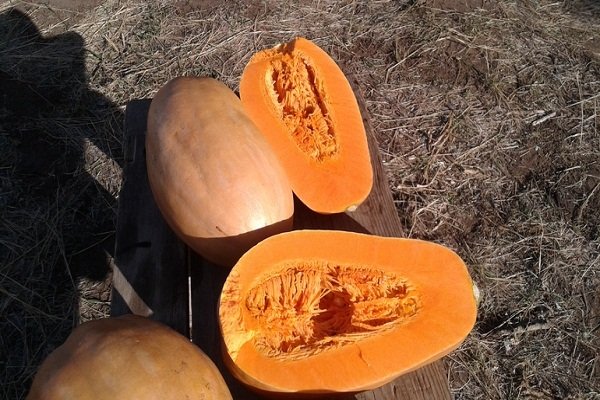
The collected fruits must be sorted correctly. Those that have mechanical damage or have not reached technical maturity should be processed immediately, and the rest can be stored for winter storage. Additionally, they should be dried in a warm room or kept in the sun for 2 weeks.
Before the onset of cold weather, the fruits can be stored on the balcony or in a dry room. The main thing is that at night the temperature does not fall below + 5 … + 8ºC. With the advent of cold weather, the pumpkin needs to be shifted to a warm place. A large crop can be stored in the garden, in a trench, covering it with a thick layer of straw and sprinkled with earth. It is important to leave holes for air circulation.
Fruits in storage should be regularly inspected in order to detect signs of spoilage in a timely manner, remove damaged specimens and eat them.
Advantages and disadvantages
Pumpkin Vitamin is one of the leaders among nutmeg varieties due to the following advantages:
- high yields (up to 3 fruits can be obtained from 9 seedlings);
- rapid rooting of seedlings in open ground and active flowering;
- resistance to various diseases and pests;
- good transportability;
- excellent taste for the preparation of various dishes.
The disadvantages of this variety of gourds can be noted:
- excessive thermophilicity (pumpkin is mainly adapted to the weather conditions of the southern regions, therefore it dies at cold temperatures);
- late ripening;
- active growth (the plant occupies a large surface of the bed due to powerful stems, spreading leaves and heavy pumpkins).
The pumpkin grows in all directions and spreads strongly throughout the garden, so a dense planting should not be allowed.
Grade Reviews
Margarita, 35 years old, Sochi. I have been cultivating nutmeg pumpkin on my site for the second year. The whole family liked this variety for its sweet taste. Fine orange pulp makes excellent dishes. Svetlana Petrovna, 50 years old, Krasnodar. Pumpkin settled in my garden for a long time. I especially like the Vitamin variety. I can note the high rates of its germination and resistance to many diseases that often affect gourds. During flowering, the bushes are strewn with bees and butterflies, so the fruits are tied and grow by leaps and bounds. I advise everyone! Andrey Stepanovich, 58 years old, Moscow. My neighbor shared with Vitaminnaya pumpkin seeds. I took a chance and planted through seedlings. I was surprised at what a rich harvest I managed to collect from a couple of bushes. It was not possible to use all the fruits during the season, so I put them in storage. The keeping quality of this variety is excellent.
The experience of growing Vitaminnaya pumpkin is also described in the video below:
Pumpkin Vitamin is highly valued by lovers of this vegetable crop, because it has excellent taste and is rich in folic acid, carotene, vitamins and minerals. It can be easily grown by residents of warm regions, since it belongs to heat-loving and late melon varieties. Under adverse weather conditions, the pumpkin can be grown in seedlings in a greenhouse.
